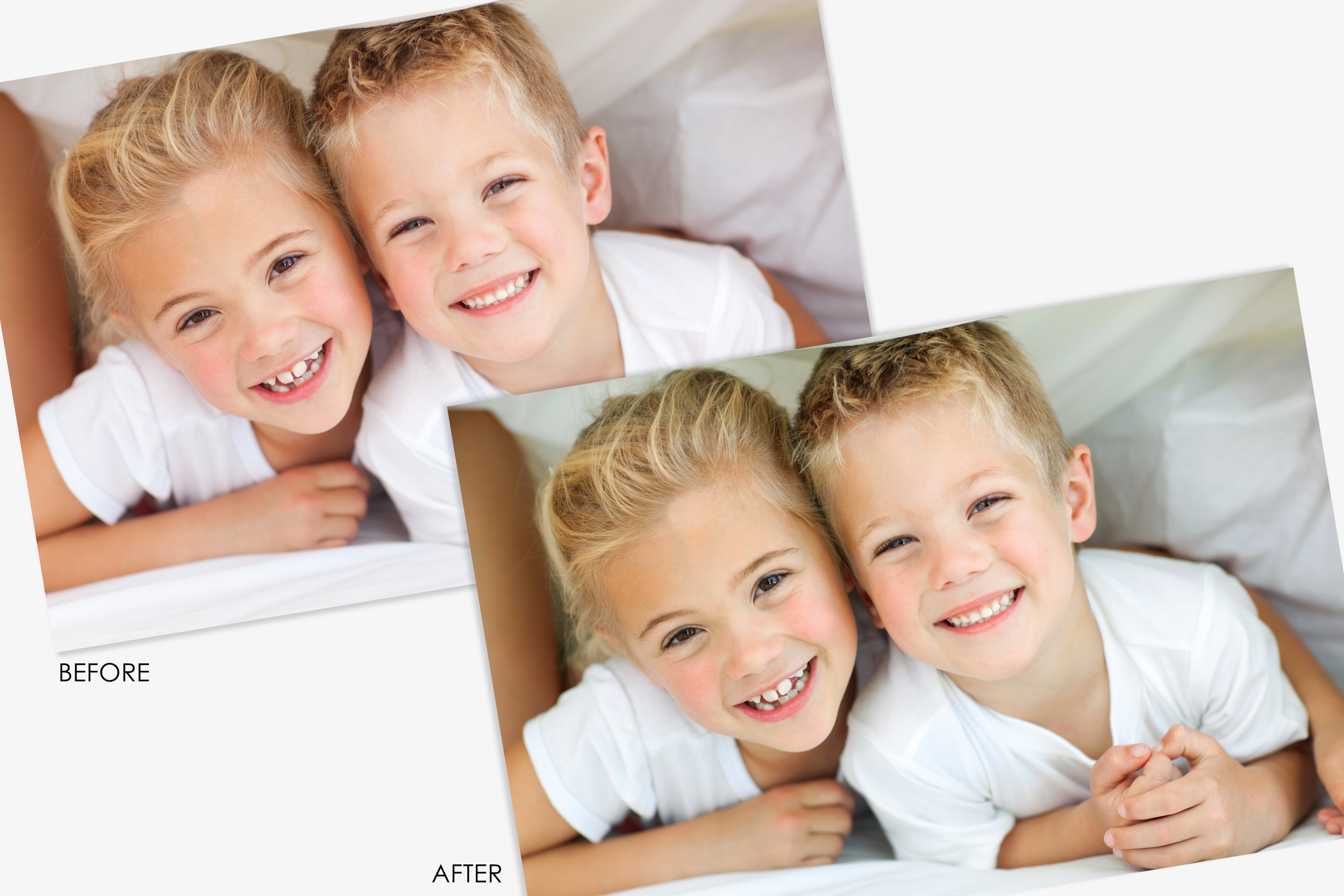
:max_bytes(150000):strip_icc()/Printique-2bfad15c503b4ce88cabc42ef5ca8dce.jpg)
A purist would ask why would you want to throw color away needlessly? You don’t always discard color with a smaller color space, of course, depending on the content of your photo. ProPhoto RGB is the largest of the three commonly used RGB working spaces, and it’s the one that best preserves all color data between a RAW file and Photoshop. Only a minority of your audience will benefit from the bigger color space, alas, but it could be worth trying among a group of keen photographers with wide-gamut monitors. You must embed the profile into the image file if you do this, otherwise, your photos will look desaturated to most people. Since most browsers are now color-managed by default, you can get away with saving photos in the larger Adobe RGB color space for the web. To a lesser extent, yellows and oranges are also truncated. Landscapes benefit particularly from Adobe RGB, largely because of the cyan and green colors lost when converting down to sRGB. It is often seen as a good all-rounder for the average photographer, and you can easily convert files to sRGB for the web at the end of editing if desired. The Adobe RGB color space was designed to encompass the output of CMYK printers.
:max_bytes(150000):strip_icc()/NationsPhotoLab-f3fe41a9e239441a87c0a1a37a1219ab.jpg)
Even humble models of inkjet printer produce colors outside of the sRGB gamut, while only high-end printers exceed Adobe RGB in output. Adobe RGBĪdobe RGB is recommended to anyone who does their printing at home or who supplies third parties with images for publishing. Most people can’t see much color outside of sRGB because of the standard gamut of their monitors, so a bigger space would be largely wasted on your web audience.

The popular assertion that this color space is the “Internet standard” is partly true, though slightly outmoded. The types of subjects you shoot may play a part in choosing a working space.
#Best color correction photo lab 4x6 prints skin#
Skin tones are likely to be encompassed by the sRGB color space, so you don’t lose data by editing in it. Some subjects are better suited to this color space than others, like portraits. It’s one way of keeping things simple, but does potentially forfeit a lot of color data between camera and Photoshop, especially if you shoot RAW. SRGB might be a good choice of working space if all you ever do is publish photos on the Internet and get your prints done at the shopping mall (i.e. Here are the three main choices of RGB working space: Any adjustments made to shadows, mid-tones or highlights cause the same degree of change, too, so editing is always predictable. To illustrate this, if all three red, green and blue (RGB) values are equal in any pixel, the tone will always be neutral, be it gray, black or white. In other words, we know what to expect from them when we edit our photos. sRGB, Adobe RGB or ProPhoto RGB) are used for editing because they are “well behaved”. Choice of RGB working space is, therefore, mainly about picking a gamut that suits your needs best. Tertiary colors are created by blending adjacent primary and secondary colors.Īll RGB working spaces have the same number of colors the gamut they cover is the main difference between them. For example, a fully saturated magenta tone contains no green (RGB 255,0,255), so sits opposite green on the wheel. This simple RGB color wheel shows the relationship between primary (red, green, blue) and secondary (cyan, magenta, yellow) colors.


 0 kommentar(er)
0 kommentar(er)
